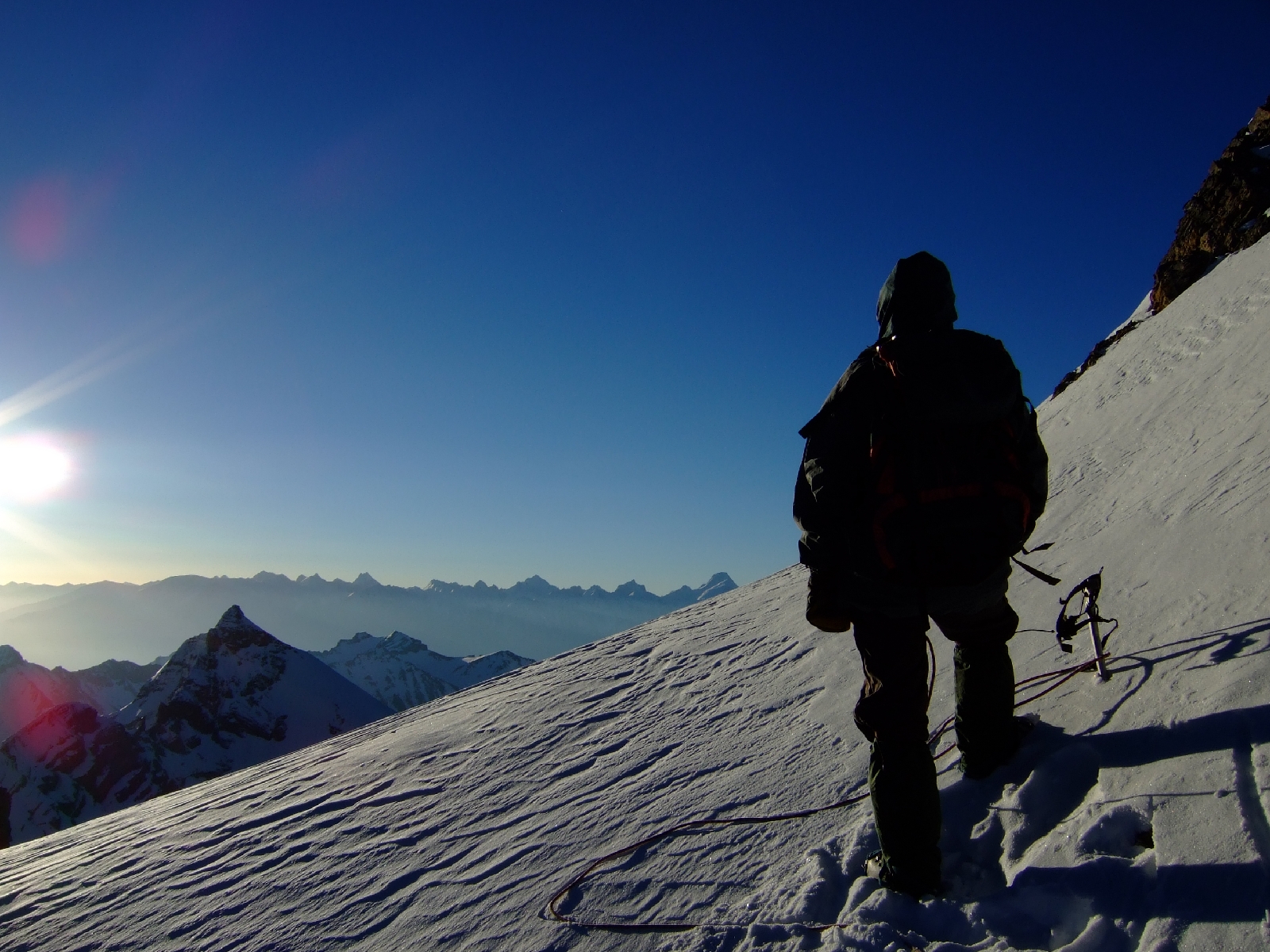Maya and Pema go climbing ~ a short story
§ Last night
Maya stands in her room, anticipation coursing through her veins. Tomorrow, she will embark on her next mountaineering expedition, leaving behind the familiar and venturing into the untamed wilderness of the Indian Himalaya. With an overnight train journey awaiting her, she is consumed by the task at hand—packing her rucksack meticulously, ensuring she has everything required for a self-supported, alpine-style climb of a 5000-meter mountain somewhere in Spiti. This is the moment she has prepared for, the culmination of her training and dedication. The time has come to test herself and to embrace the purest form of alpinism and the sense of freedom it brings.
§ Tonight
In the depths of the night, as the world slumbers, Maya's heart is filled with excitement and trepidation. She waits at the train station, her backpack slung over her shoulders, ready to embark on this transformative journey. By her side stands a trusted companion Pema, a friend from her college days who shares her passion for climbing. Together, they form a formidable team, their friendship interwoven with the threads of mountaineering. While Maya has trained diligently, Pema possesses a touch more experience, making their partnership a perfect balance of skills and camaraderie.
As the train rumbles forward, carrying them closer to the foothills of the Indian Himalaya, Maya's mind is filled with a mix of excitement and frustration. She is thrilled to be venturing into the wilderness, to challenge herself on the rugged slopes of the mountain. Yet, beneath her anticipation lies a deep-seated frustration that gnaws at her.
In her society, the true essence of climbing is often misunderstood and overlooked. The media and the masses celebrate those who have conquered famous peaks like Mount Everest, unaware of the commodification of such expeditions. Maya knows that climbing Everest in modern times is a far cry from the raw, unfiltered spirit of alpinism she holds dear. It has become a packaged adventure, accessible to anyone with enough money and a moderate level of fitness. The true essence of climbing, the art of navigating treacherous terrain, the mental and physical fortitude required, has been overshadowed by the allure of reaching the summit.
This societal ignorance frustrates Maya deeply. She recognizes the immense beauty and purity in the pursuit of alpinism, the deep connection it fosters with nature and oneself. Yet, her society fails to grasp this concept. They celebrate those who have simply paid their way to the top, missing the true spirit of climbing that lies in the struggle, the growth, and the relentless pursuit of self-discovery.
But Maya refuses to let this frustration hold her back. She has chosen a different path, one of authenticity and purity. She is determined to carve her own way, to embrace the mountains with a reverence that goes beyond accolades and recognition. Maya's love for climbing is not rooted in the desire for instant glory; it is a profound journey of finding herself and uncovering the true meaning of life.
With each passing mile, Maya's frustration transforms into a quiet resolve. She knows that the path she has chosen may be less celebrated, less understood by her society, but she remains steadfast in her pursuit. She finds solace in the company of her friend Pema, their shared passion and unspoken understanding forging a bond that transcends the shallow applause of the masses.
§ Next morning
As the train nears its destination, Maya feels a surge of anticipation mingled with hope. She knows that the road ahead will be challenging, both physically and emotionally, but she also knows that it is through these challenges that she will find her true self. With hearts brimming with excitement, Maya and Pema step off the train, ready to embark on their expedition. They leave behind the noise and expectations of society, their spirits untamed and their minds open to the transformative power of the mountains.
§ Tomorrow
Maya's frustration may persist, but it serves as a constant reminder of her dedication to the purest form of alpinism. She is fueled by the desire to redefine the narrative, to inspire others to see beyond the superficial accomplishments and recognize the depth and beauty that lies within the art of climbing. Maya and Pema set foot on the path ahead, their souls alight with the fire of self-discovery, eager to navigate the untrodden trails and reach new heights, not for the applause of others, but for the unyielding joy of finding themselves amidst the vast expanse of the mountains.

Comments